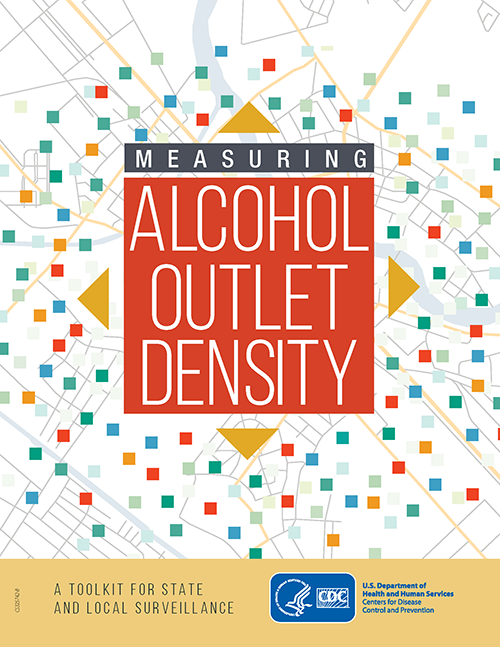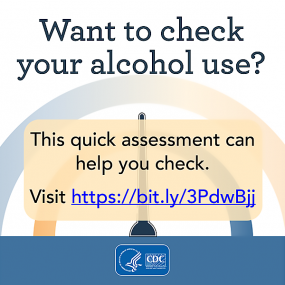Resources to Support States and Communities in the Prevention of Excessive Drinking
State Fact Sheets
State Fact Sheets: Addressing Excessive Alcohol Use
These state fact sheets highlight the public health problem of excessive alcohol use and the status of alcohol policy solutions in each of the 50 states and the District of Columbia.
Guides
Alcohol Outlet Density Measurement Tools
CDC developed these products help public health practitioners measure and track alcohol outlet density—which is a key risk factor for excessive drinking—at state and local levels.
Community Anti-Drug Coalitions of America (CADCA) Strategizers
CDC supported the development of Strategizers—CADCA’s technical assistance manuals—on regulating alcohol outlet density and reducing alcohol-related harms through commercial host liability.
Guide to Estimating Alcohol-Related Hospitalizations in the US Using ICD-10-CM Codes
The Council of State and Territorial Epidemiologists (CSTE) Alcohol Subcommittee, in partnership with CDC, developed a How to Guide on estimating hospitalizations related to alcohol in the United States using ICD-10-CM codes.
Alcohol Screening and Brief Intervention for People Who Consume Alcohol and Use Opioids
Because excessive drinkers who use opioid pain relievers are at greater risk of overdose and death, CDC created this fact sheet to introduce health departments and health care providers to alcohol screening and brief intervention and to discuss its usefulness for helping excessive drinkers drink less when they have been prescribed an opioid pain reliever or stop drinking altogether while using these medications.
Initiatives and Reports
Vital Signs
Binge drinking, alcohol poisoning deaths, and alcohol screening and counseling are among the topics that have been featured in CDC’s monthly Vital Signs report. These reports include an MMWR Early Release, a graphic fact sheet and website, a media release, and social media tools. Most of the materials are available in English and Spanish.
What Works: Preventing Excessive Alcohol Consumption
This Community Guide brochure summarizes the strategies the Community Preventive Services Task Force recommends for reducing excessive alcohol use, based on systematic reviews of the evidence.
Policy Briefs
Preventing Cancer by Reducing Excessive Alcohol Use
CDC’s Policies and Practices for Cancer Prevention policy brief on preventing cancer by reducing excessive alcohol use includes information on cancer risks linked to alcohol use, what works to reduce excessive alcohol use, and what comprehensive cancer control programs can do to reduce the risk of alcohol-attributable cancers.
Age 21 Minimum Legal Drinking Age
Minimum Legal Drinking Age (MLDA) laws specify the legal age when an individual can purchase alcoholic beverages. The MLDA in the United States is 21 years. Learn more about how this policy saves lives and protects health.

